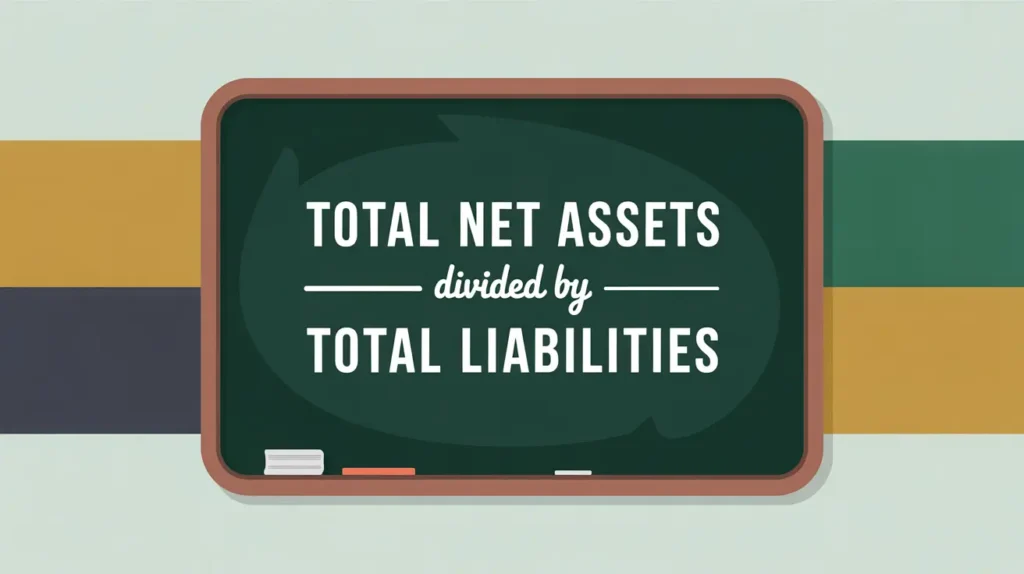Importance of Deferred Revenue
Deferred revenue is a critical concept for nonprofits because it reflects funds received in advance of delivering services, programs, or meeting donor conditions. It shows that an organization has obligations to fulfill before recognizing these funds as income. For nonprofits in social innovation and international development, deferred revenue is especially common in grant agreements, membership dues, or prepayments for training and events. Properly managing deferred revenue demonstrates accountability to funders and helps ensure that resources are aligned with program delivery timelines. Donors, boards, and regulators pay close attention to this category because it reveals whether the organization is responsibly handling funds that are not yet earned.
Definition and Features
Deferred revenue, also called unearned revenue, is defined as payments a nonprofit has received but cannot yet recognize as income because the associated goods, services, or program obligations have not been delivered. Examples include multi-year grants paid upfront, advance registration fees for conferences, or membership dues for future periods. Deferred revenue appears on the Statement of Financial Position as a current liability if obligations are expected to be fulfilled within one year, or as a non-current liability for longer commitments. It differs from contributions with donor restrictions, which are recognized as revenue immediately but tracked separately, and from accounts payable, which represent amounts owed rather than funds received.
How This Works in Practice
In practice, nonprofits record deferred revenue when cash is received before the earning event occurs. For example, if a donor pays $200,000 in January for a program to be delivered across two fiscal years, the nonprofit records the cash as deferred revenue and recognizes income gradually as program services are carried out. Similarly, conference fees collected in advance remain deferred until the event takes place. Finance teams track these balances carefully to avoid prematurely recognizing revenue, which can distort financial statements and mislead stakeholders. Once obligations are met, the deferred revenue liability is reduced, and revenue is recorded in the Statement of Activities.
Implications for Social Innovation
For nonprofits in social innovation and international development, deferred revenue reflects the reality of working with multi-year grants, project-based contracts, and advance payments in complex funding environments. Transparent reporting of deferred revenue reduces information asymmetry by showing stakeholders which funds are immediately available and which are tied to future commitments. Boards and funders use this information to assess whether the organization has adequate liquidity and alignment between cash inflows and program delivery. Effective management of deferred revenue also reinforces trust, as it demonstrates that the nonprofit is honoring agreements and not overstating its current-year financial performance. By carefully stewarding deferred revenue, nonprofits strengthen credibility and ensure that funding supports mission impact on the intended timeline.







